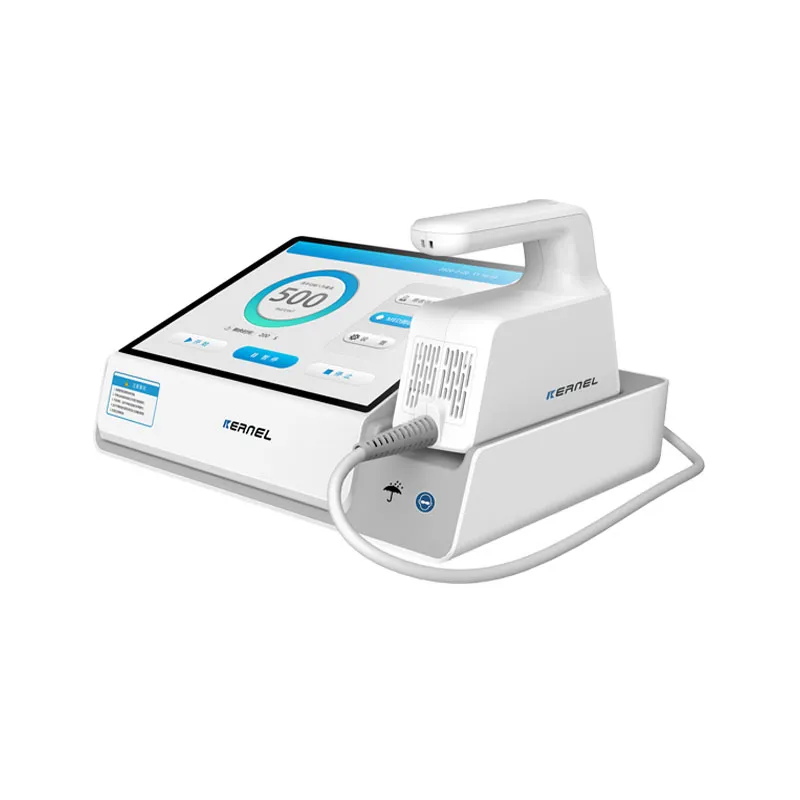Red light therapy has become the most advanced option in skincare, providing a gentle, non-invasive route to skin repair and rejuvenation. It’s among the best options for people wanting to avoid aggressive treatments. Using low-level light wavelengths, it stimulates cellular energy production, collagen production, and skin renewal.
Originally developed as a medical instrument, its outstanding anti-aging effects are now treated as the holy grail of skincare. LED skin therapy is a painless procedure without any downtime which can be used in conjunction with many other treatments unlike invasive options. Prolonged use delivers enhanced skin tone and texture along with a natural radiance and it assists in maintaining hydration and skin suppleness for the longer term.
How Red Light Therapy Works
The basis of red light treatment is cellular stimulation. Upon the penetration of certain wavelengths into the deeper layers of the skin, the mitochondria are stimulated to produce more ATP. It promotes collagen production, tissue healing and circulation, enhances nutrient transport and accelerates removal of waste for faster self-healing.
Results include: even skin tone, smoothness, and firmness. Routine phototherapy for skin inflammation/scar formation decreases inflammation, redness and strengthens the skin barriers from inside out.
Benefits of LED Skin Therapy
The benefits that come with this treatment do not stop at mere healthy skin — in fact, it provides the skin with real revitalization. The treatment technique can help soften the lines that are already there, smooth out the skin if it is rough, and soothe the skin if it is irritated, all that without any injury being inflicted on the skin.
In general, people using this technology have noticed the most profound improvements in:
- acne, scars and post-acne marks;
- pigmentation and uneven tone;
- early signs of aging such as wrinkles or sagging;
- dullness and poor circulation.
By activating the body’s own repair system, red light therapy benefits include brighter, smoother, and more resilient skin with consistent use. In addition, the treatment functions as an anti-aging LED treatment which eventually helps the softening of thin lines and holding of skin firmness.
Understanding Dosing
As with any skin care regimen, red light therapy needs to be dosed correctly to actually see results. By dosing, we mean duration of the session, frequency, and strength. Specialists are advised to have brief and regular sessions of 10–20 minutes, 3–5 times weekly.
Intensity of device and distance, too close can cause redness, too far decreases efficacy. Always adhere to manufacturer recommendations for safe red light therapy dosing. With regular use, the skin slowly strengthens its own ability to self-repair, leading to enhanced overall rejuvenation effects.

Recommended Dosing Guidelines
The perfect timetable is dependent on the issues that you have. Below is a rough and ready plan for the safe use of the red light in your everyday life:
- For acne-prone skin: 10–15 minutes per session, four times weekly — this is where red light for acne helps calm inflammation and regulate sebum.
- For wrinkles or loss of firmness: 15–20 minutes per session, three times weekly, to stimulate collagen and improve elasticity.
- For pigmentation, scars or for general skin health: 10–12 minutes per session, two to four times weekly — consistent use supports fading marks with red light for scars.
Without breaks, even light-based treatments for the skin, as gentle as they may be, cannot give good results. This therapy promotes natural adaptation and renewal, hence, improvements accumulate over time rather than showing up instantly.
Safety and Precautions
Red light is considered safe when used appropriately. Do not look directly at the light and use protective eyewear. People with photosensitivity or on light-reactive medications should talk to a dermatologist first. Check your skin for redness or irritation and shorten your exposure or reduce the number of sessions if needed. Always clean your skin prior to treatment to remove any product residue and allow better light penetration. Proper red light device usage will allow you to get the best advantages without any risk.
Combining Red Light Therapy with Skincare
For best results, use LED skin therapy in conjunction with a well-balanced skin care regimen. The red light can also improve the absorption of products such as serums containing hyaluronic acid and peptides. Don’t use harsh exfoliants or acids like that before treatments.
A consistent red light skincare routine have powerful synergy: the light actively promotes cell renewal at the same time the supportive products nourish and hydrate the skin. Experience the power of this intentional pairing for subtle, cumulative refinement of the skin to a smoother, firmer, more naturally radiant appearance, without irritation. Numerous treatments and good skin care will results you lasting results.
Conclusion
If used properly and regularly, red light therapy is a game-changer in the visible realm of the skin and the transformation happens through science and not by aggression. It is a procedure that aids collagen synthesis, balances skin tone, and impedes the coming of the signs of aging.
Modern skin rejuvenation therapy is turning to this technology mainly for its ability to repair rather than just resurface. This method will, with regular use and proper technique, be your long-term complexion enhancer — it will make your skin smoother, more transparent, and stronger from the inside.










